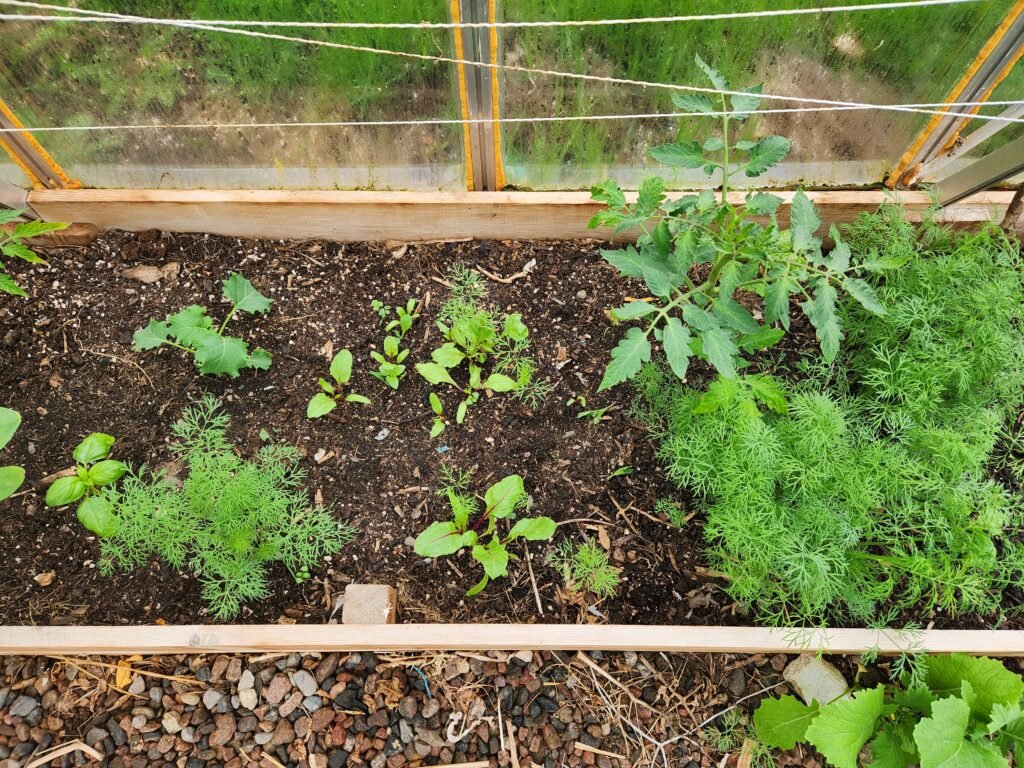Gardening is both an art and a science, and one of the best-kept secrets for success is companion planting. This age-old practice involves strategically placing certain plants together to promote growth, repel pests, and improve yields. If you’re new to gardening, this companion planting for beginners guide can help you easily integrate it into your garden and see incredible results.
This post may contains affiliate links. If you use these links to buy something we may earn a commission. Thanks.
We’ll explore the basics of companion planting, its benefits, and five of the most effective companion planting pairs to help you get started.
Companion Planting for Beginners: What It Is and How It Works
Companion planting is the practice of growing different plants together based on their ability to support each other. Some plants help deter pests, while others enhance soil health or provide shade for more delicate crops. By understanding which plants work well together, you can create a more balanced and productive vegetable garden.
Think of it as teamwork for plants. Instead of competing for space and nutrients, the right companions share resources and naturally protect each other.
Benefits of Companion Planting
- Natural Pest Control – Certain plants repel pests that would otherwise damage your crops. This reduces the need for chemical pesticides.
- Improved Growth and Yield – Some plant pairings enhance each other’s growth by providing essential nutrients or shade.
- Better Soil Health – Nitrogen-fixing plants, such as beans, improve soil fertility for their companions.
- Efficient Space Use – Companion planting allows for better space management by growing plants that benefit each other together.
- Attracting Pollinators – Flowers like marigolds and nasturtiums attract bees and butterflies, which help pollinate vegetables.
5 Easy Companion Planting Pairs for Beginners
These tried-and-true plant combinations are easy to grow and highly effective for any home garden.
1. Tomatoes and Basil
If you love fresh tomatoes, pairing them with basil is a must. Basil not only enhances the flavor of tomatoes but also repels common pests like aphids, whiteflies, and tomato hornworms. This combination creates a healthier environment for tomato plants, leading to better fruit production.
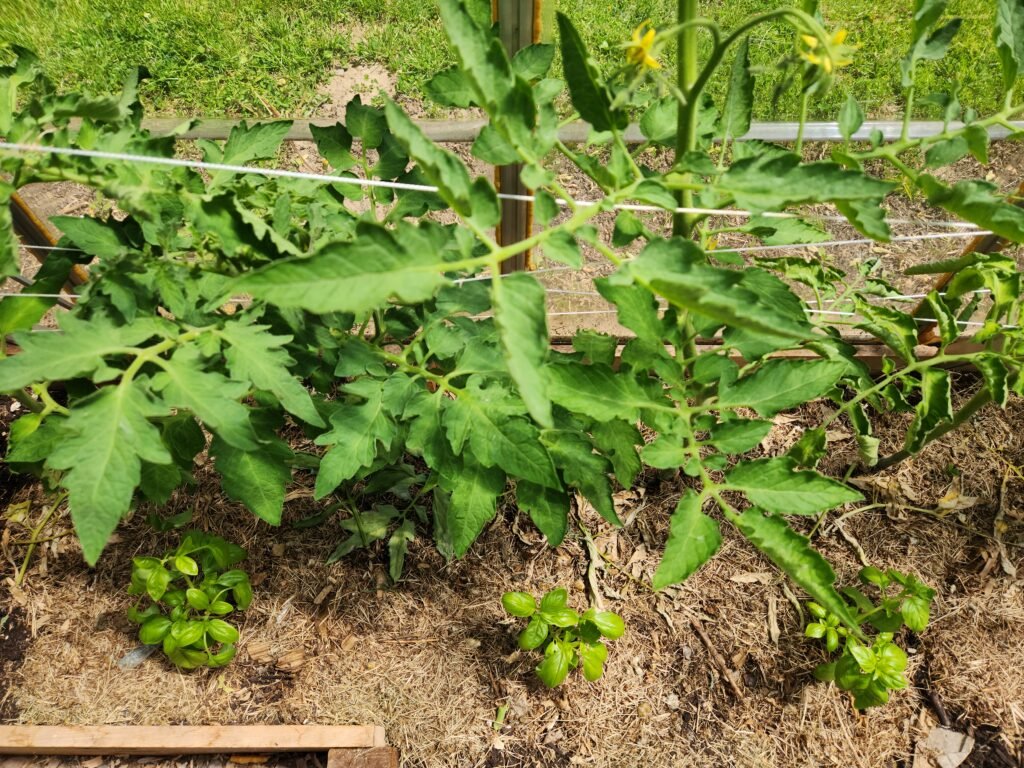
How to Plant:
- Space basil plants around your tomato plants, ensuring they have enough room to grow.
- Avoid planting tomatoes near cabbage or corn, as they compete for nutrients and attract pests.
Related ready: check out our how to grow tomatoes and how to grow basil growing guides for more details. As well as some other great companion plants for tomatoes.
2. Carrots and Onions
Carrots and onions make a perfect companion planting pair because they help protect each other from pests. Onions deter carrot flies, while carrots help reduce onion maggots.
How to Plant:
- Alternate rows of carrots and onions to maximize their pest-repelling benefits.
- Avoid planting carrots near dill, as it can hinder carrot growth.
Since we’ve paired these two vegetables we have had excellent crops of both. Go more in depth on growing carrots in this guide.
3. Corn, Beans, and Squash (The Three Sisters)
This Native American planting technique is one of the best examples of companion planting. Corn provides a natural trellis for beans to climb, beans fix nitrogen in the soil to benefit both corn and squash, and squash provides ground cover that retains moisture and suppresses weeds.
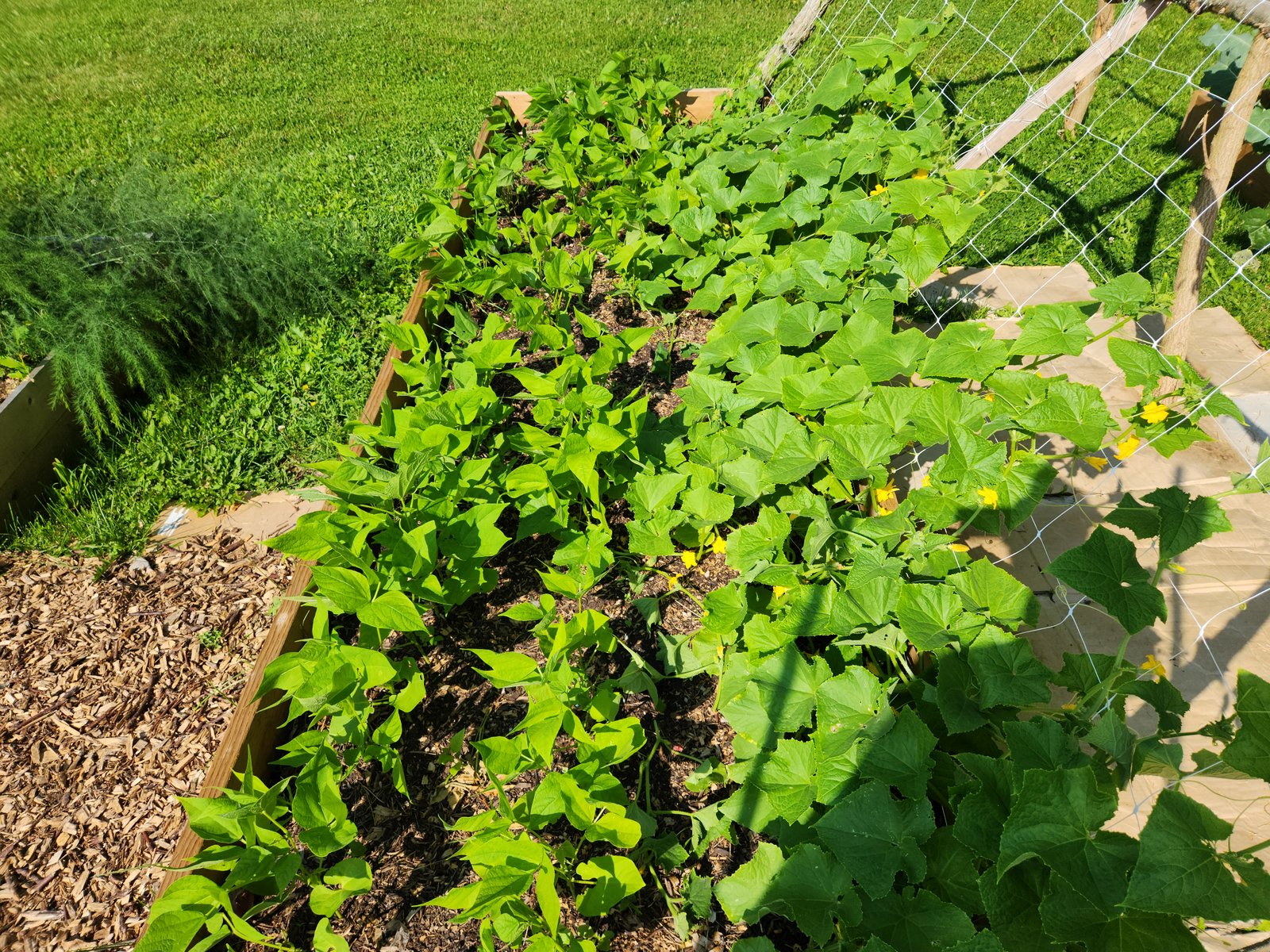
How to Plant:
- Plant corn first, allowing it to grow a few inches before adding beans and squash. Plant the beans at the base of the corn and the beans will use the corn stalk as a trellis. Plant the squash around the the outside of the corn to provide ground cover and pest control with its thorny stem.
- Space plants properly to ensure each has enough room to thrive.
4. Cucumbers and Dill
Cucumbers thrive when planted alongside dill, which attracts beneficial insects like pollinators and predatory wasps that help control pests. Dill can also enhance the flavor of cucumbers and improve their overall growth.
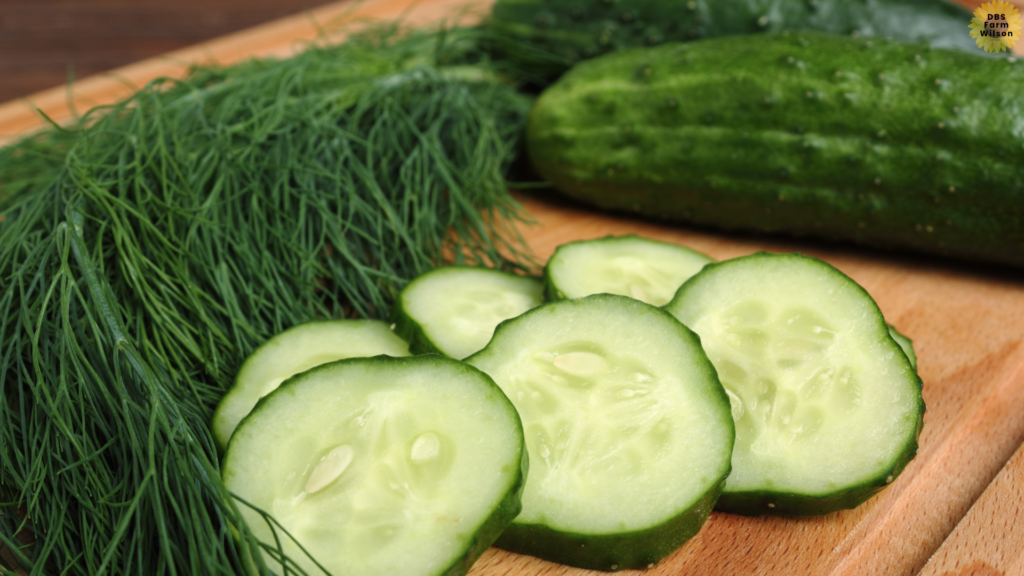
How to Plant:
- Plant dill near your cucumbers, allowing enough space for both to flourish.
- Avoid planting cucumbers near aromatic herbs like sage, as they can stunt growth.
5. Lettuce and Marigolds
Lettuce thrives when planted with marigolds. The strong scent of marigolds repels aphids and slugs, which are common pests for lettuce. Additionally, marigolds attract pollinators that benefit the entire garden.
How to Plant:
- Surround lettuce beds with marigolds to create a natural pest barrier.
- Keep lettuce away from broccoli and cabbage, as they compete for nutrients.
Getting Started with Companion Planting
Now that you know some of the best plant pairings, here are a few tips to help you successfully implement companion planting in your garden:
1. Plan Your Garden Layout
Before planting, sketch a rough layout of your garden. Identify companion plant pairings and avoid incompatible groupings. Consider plant heights, spacing needs, and sunlight requirements to maximize your garden’s efficiency.
2. Use Organic Mulch
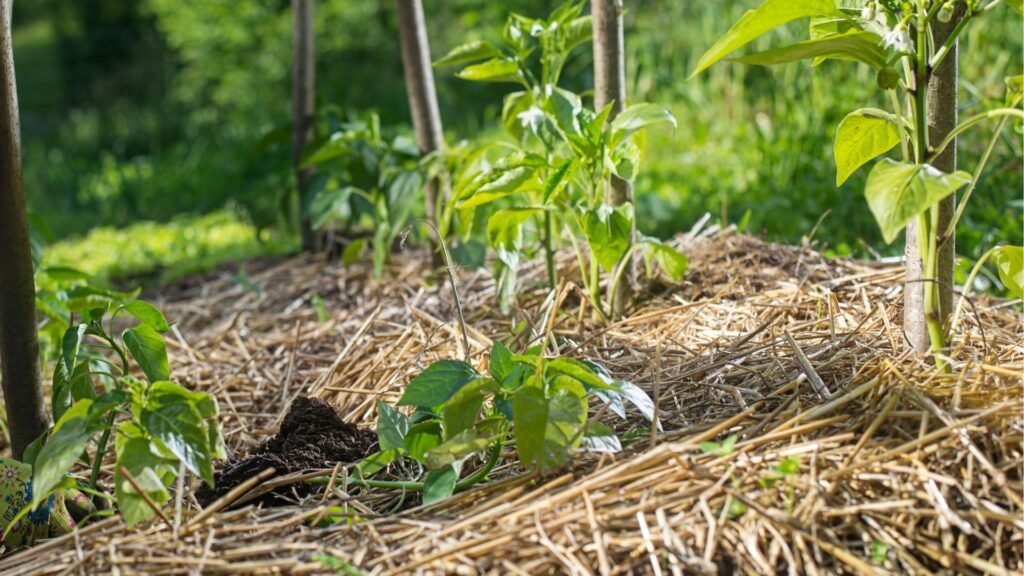
Adding organic mulch around companion plant pairs can help retain moisture, reduce weeds, and improve soil quality. Mulching also promotes healthy microbial activity, which enhances soil fertility and plant resilience. Straw, wood chips, and compost are excellent options.
3. Rotate Crops Each Season
Crop rotation is essential for maintaining soil health and minimizing pest problems. Changing the location of your companion plant groupings each year helps prevent soil depletion and interrupts pest life cycles, reducing infestations over time. Keep a garden journal to track plant placements and rotations.
4. Observe and Adjust
Every garden is unique, and companion planting success depends on environmental conditions, soil quality, and local pests. Pay attention to plant growth, pest activity, and soil health. If certain pairings don’t perform well, make adjustments in the next growing season. Keep experimenting to find the best combinations for your specific garden.
Companion Planting For Beginners Frequently Asked Questions.
To grow healthier, more productive plants by pairing crops that support each other through pest control, nutrient sharing, or shade.
Not entirely, but it greatly reduces them. Combine with crop rotation and natural predators for best results.
Yes! Herbs like basil release aromatic compounds that enhance nearby crops’ flavor.
Absolutely. Many herbs, flowers, and veggies thrive together in small spaces.
Marigolds, basil, and nasturtiums benefit many vegetables by repelling pests and attracting pollinators.
Conclusion
Companion planting is an easy and effective way to create a healthier, more productive vegetable garden. By pairing the right plants together, you can naturally deter pests, improve soil health, and increase yields. All while reducing the need for chemical fertilizers and pesticides. Start with the five companion planting pairs mentioned above, and soon, you’ll see the benefits of this time-tested gardening technique in your own backyard!
We hope you enjoyed this growing guide on companion planting. If you did make sure you check out the other growing guides, seed saving guides and our recipes. We are growing our website with more articles all the time, and we invite you to grow with us. Whether you’re a seasoned gardener or just starting out, companion planting can help boost your gardens productivity to the next level. If you have any questions or want to share your companion planting journey, feel free to leave a comment below. Happy gardening!

